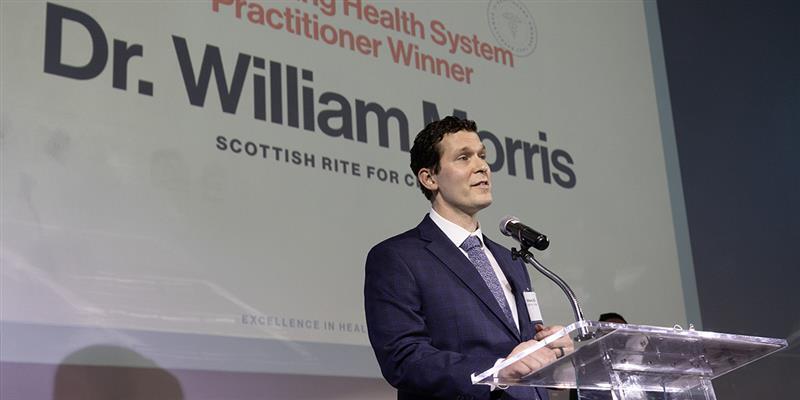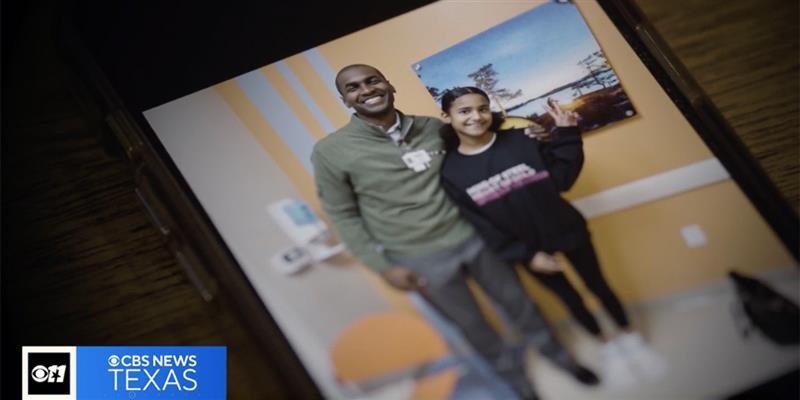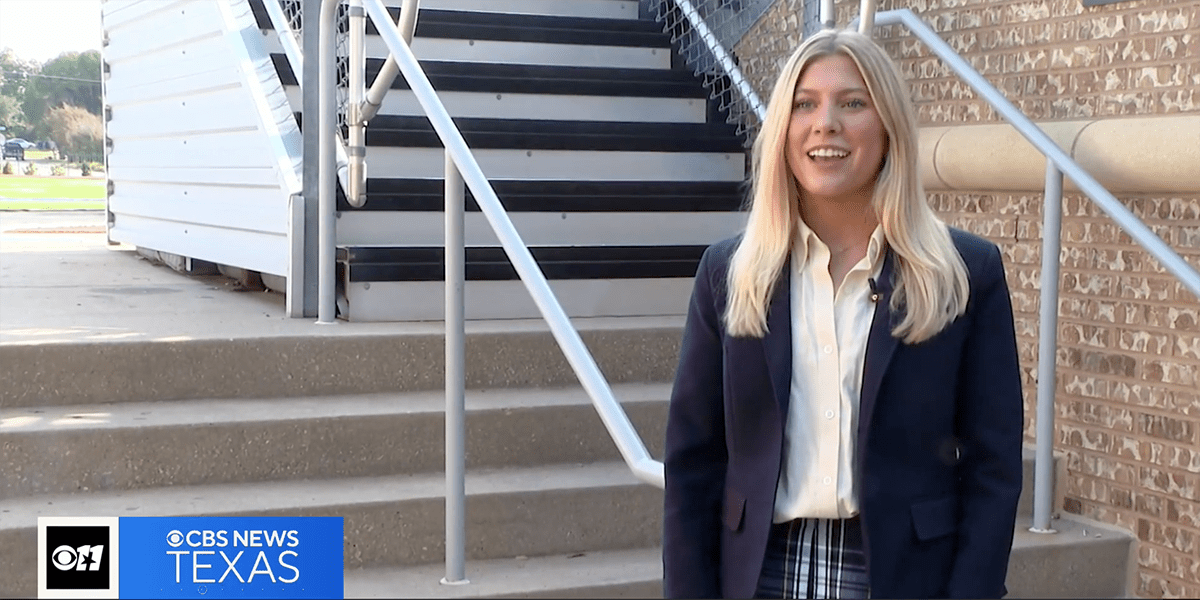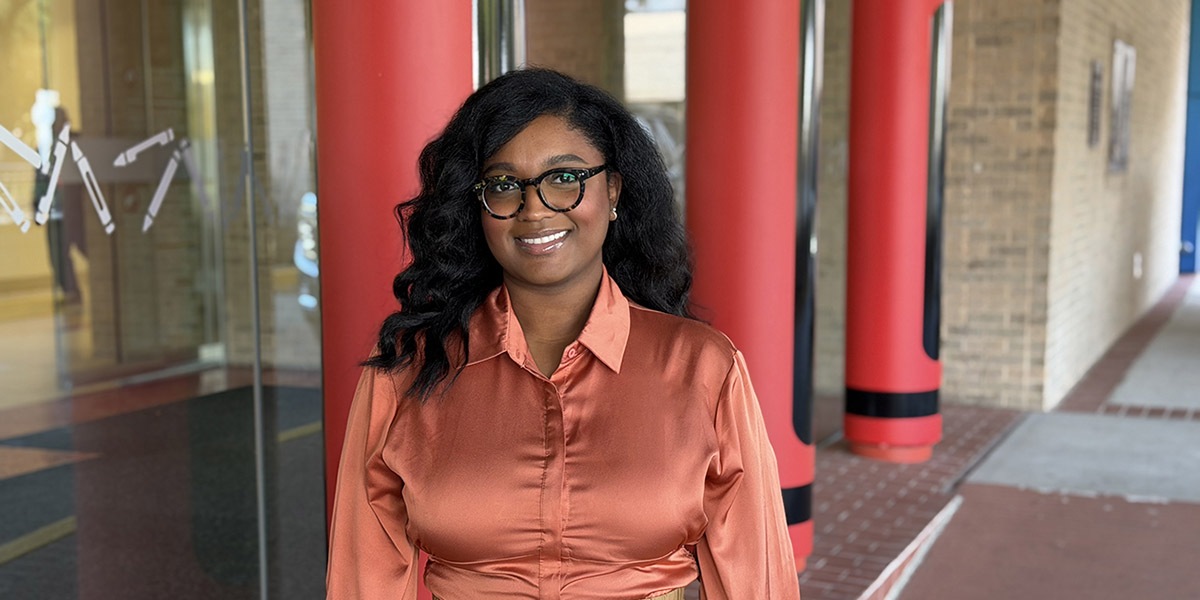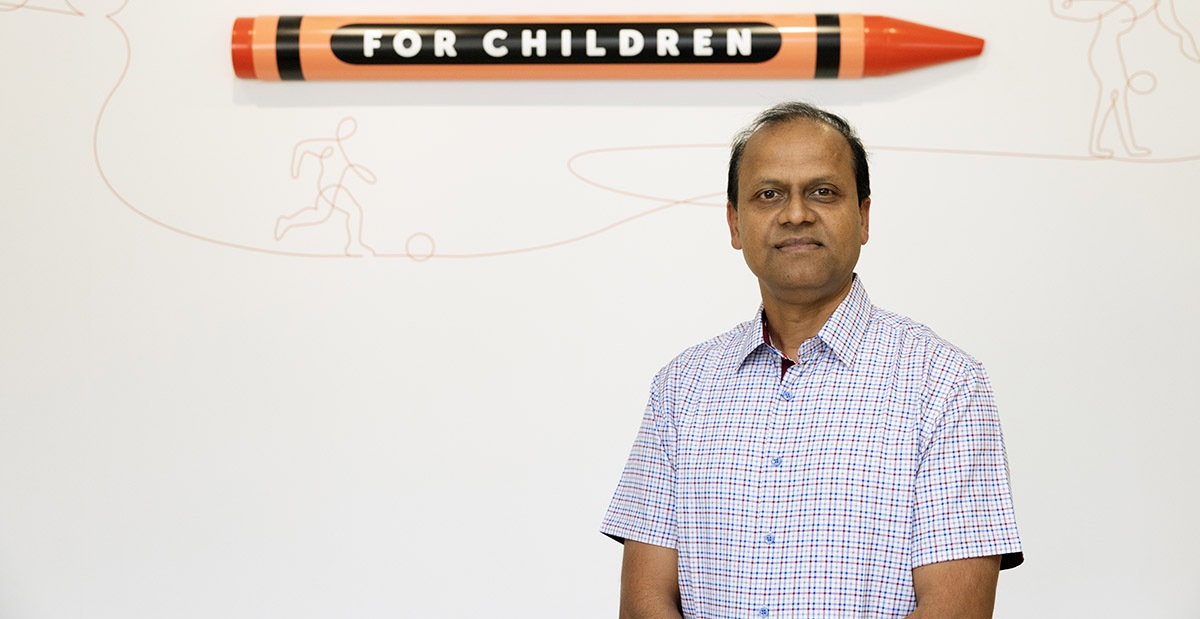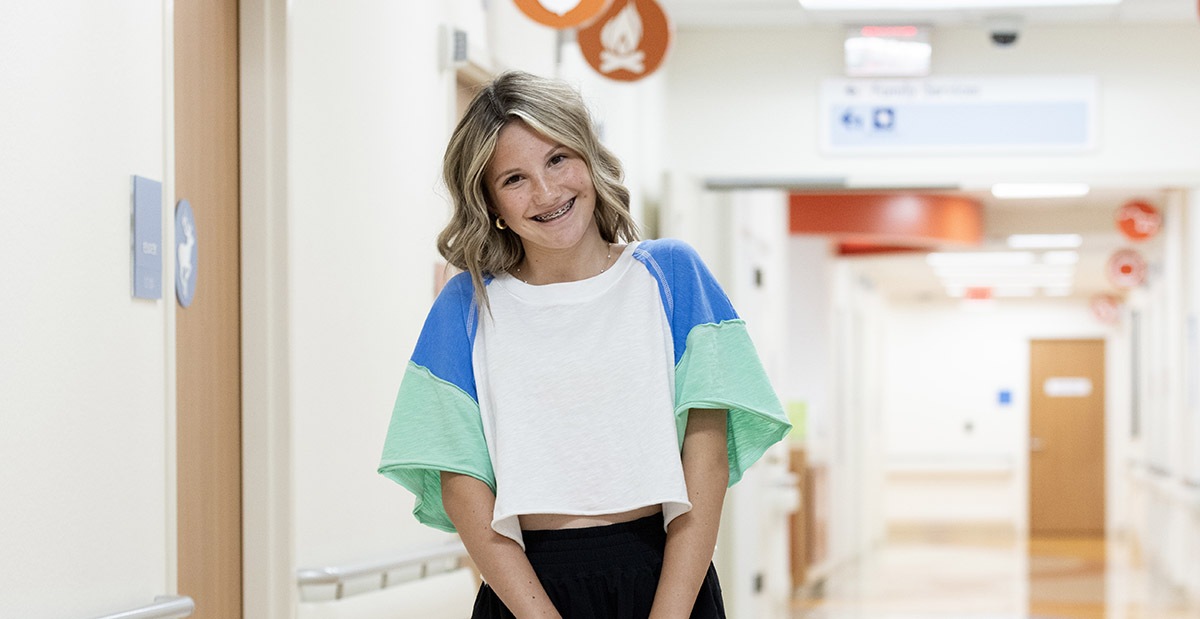What is Scoliosis?
Scoliosis is a progressive condition that causes the spine to curve into an “S” or “C” shape. It affects approximately two to three percent of school-aged children and is most common in girls ages 10-15. There are several different types of scoliosis, but the most common is adolescent idiopathic scoliosis (AIS).
Causes and Risk Factors
Idiopathic means that the cause is unknown. Research has proven that scoliosis has a genetic component and tends to run in families. Children with a family history of scoliosis are more at risk, especially those aged 10-15. Girls tend to be diagnosed with scoliosis more than boys, and the condition is not limited to a specific ethnicity or race. Groundbreaking research at Scottish Rite for Children is working to determine the cause of scoliosis, better understand factors that lead to curve progression, explore ways to prevent curve progression and improve treatments.
In congenital scoliosis, the cause is known. For example, a child may be born with a misshapen vertebra, one of the building blocks of the spine. Interestingly, recent research has also shown that congenital scoliosis may be partially genetic as well. Finally, a scoliosis curve may also develop from an underlying neurological disorder, known as neuromuscular scoliosis.
Dispelling the Myths
When it comes to scoliosis, it is important to know facts versus fiction. Below we correct some of the myths about scoliosis:
- Slouching, bad posture, sleeping position, or carrying heavy books, backpacks or purses will NOT cause scoliosis.
- A lack of calcium will NOT cause scoliosis.
- Scoliosis is NOT the result of doing anything “wrong,” and there’s NO way to prevent it.
- Scoliosis does NOT cause severe or disabling pain in children.
- Scoliosis CANNOT be prevented by exercise or by sitting up straight.
- Scoliosis CAN continue into adulthood but is very treatable with bracing, physical therapy and/or surgery.
- Surgery is NOT the only treatment available.
- Chiropractic adjustments do NOT treat scoliosis.
Early Treatment is the Key
Early screening and intervention are key to successful scoliosis treatment. It is important that your child is screened by a health professional for scoliosis annually so that any abnormalities can be identified quickly. Screening involves looking at the spine via physical examination for asymmetry of the shoulders, shoulder blades and hips. A parent, school nurse or friend may notice a small difference in the shape of your child’s back or you might notice that clothes begin to fit differently. Depending on where the curve is located in the spine, when you look in a mirror, you may see that one shoulder is raised or that “one hip is higher than the other.” In most schools, girls are screened in school at age 10 and again at age 12, while boys are screened once at age 13 or 14. If your child appears to have scoliosis during a screening, you will be notified and sometimes referred to an orthopedic specialist. If the specialist confirms true scoliosis, then the sooner treatment is begun, the need for surgery may be able to be avoided.
Bracing to Prevent Surgery
In less severe cases of scoliosis, surgery can altogether be avoided with the use of an orthotic brace. Braces are highly effective in treating scoliosis, but only if they are worn properly and according to the doctor’s guidelines. At Scottish Rite, all scoliosis braces are made on-site in our Orthotics & Prosthetics lab. This allows us to make same-day adjustments for fit or comfort. Wearing a brace diligently can prevent the progression of the curve, reducing the need or risk for surgery.
Each scoliosis brace that we make includes two dime-sized temperature sensors that track wear time. One is for our record keeping and can be tracked with each visit. The other is a Bluetooth sensor that can be connected to the parent and patient’s cell phone app. Created by Scottish Rite experts, the Brace Rite app uses real-time data, allowing parents, patients and your doctor to monitor wear time to ensure your child stays on track.
Physical Therapy to Prevent Progression
While scoliosis cannot be prevented, certain physical therapy techniques can be used to treat the condition and may prevent further progression. Scottish Rite has physical therapists that are trained and certified in the Schroth Method, a scoliosis-specific exercise approach. The Schroth Method focuses on correction of the curve pattern through a combination of stretching, strengthening and breathing in reverse directions, all based on each patient’s unique spinal curve. Using the Schroth Method can stop the progression of the curve, improve mobility and promote proper posture.
My Child Needs Surgery – Now What?
Not all cases of scoliosis can be treated without surgery. In significant curves of 45 to 50 degrees or more, surgery may be the best treatment option. There are several surgical techniques used to treat scoliosis, but the most common is spinal fusion. In a spinal fusion, the curved vertebrae are fused together to create a single, solid bone. This stops the growth in the abnormal part of the spine and prevents the curve from worsening. Metal rods attached by screws, hooks and/or wires are used to hold the spine in place until the bone heals. In all spinal fusions, a bone graft is used to help promote the fusion and the bones grow together to create one solid bone. Once a spinal fusion has been performed, patients can usually return to their normal activities within three to four months. However, each case is unique and some timelines may differ. At Scottish Rite, our Sarah M. and Charles E. Seay/Martha and Pat Beard Center for Excellence in Spine employs six pediatric orthopedic surgeons who specialize in spinal surgery for scoliosis using the latest innovative techniques and treatment methods.
Learn more about the importance of scoliosis screening.




